Expedition Race 2013 in Patagonia
Report from Neil McQueen - Team Berghaus (4th place)
We are a mixed team of 4 members who came 4th in the Patagonia Expedition race 2013 on the southern tip of the American Continent. We had many tents to choose from, but selected the SUPER LIGHT 2 Plus on our expedition race for two reasons:
ALEXIKA Tent - SUPER LIGHT 2 Plus
It had a small foot print. This means we could pitch it almost anywhere. Having 2 tents for the 4 of us, we were more flexible when choosing a place to pitch. The race is non-stop, so we only used the tents when it had been dark for several hours and where the trekking was no longer safe or navigation was not possible. So there was never an open field to just pitch the tent, but rather a bumpy level area was sought and so the efficient footprint of this tent was just excellent.
The second reason is the excellent design of being a 2 skin tent over the entrance, but a single skin tent on the ends. This means it is as light as possible, but not offering up on rain protection over the doorway. A dome tent has the inherent problem that as soon as the door flap is open, the rain pours into the tent and wets your sleeping bag. With this SUPER LIGHT 2 Plus we had the vestibule over the doorway and that on both sides.
The tent is not big, and for an expedition race that is correct. It is just big enough for 2 people plus pillow. All our kit could easily stay under the side flaps to the side of the entrance. Really excellent.
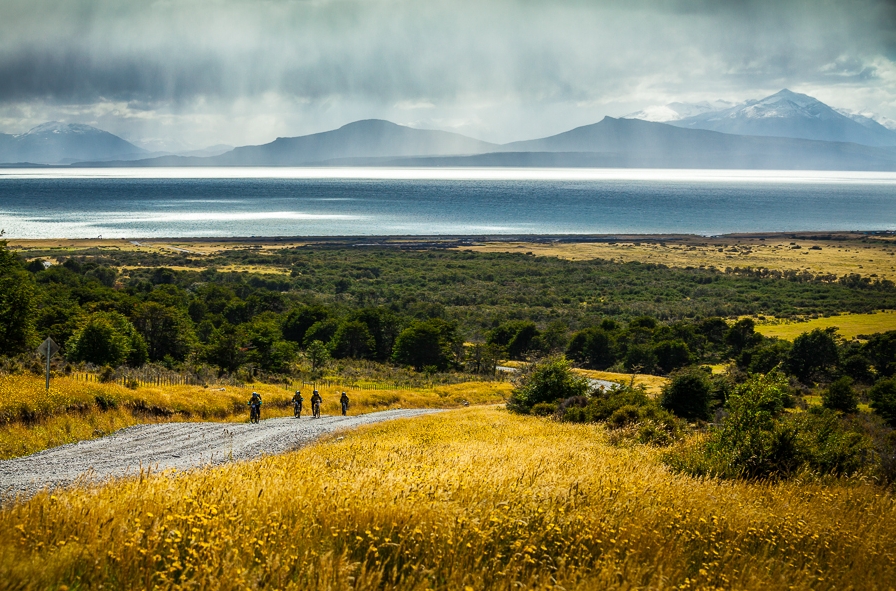
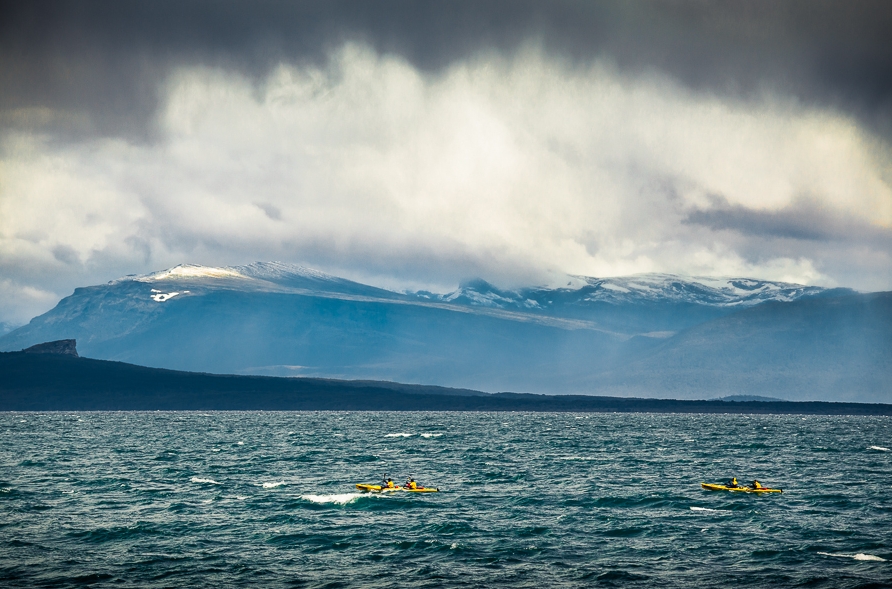
In Patagonia there is plenty of wind. We were not spared this and while on the race we had to pith the tent in driving rain with wind and at 01:00 in the morning. It was then that the quality of this tent were apparent. The poles slip in pretty well. They do get stuck a bit on the tie loops now and then, but still the tent is easy and quick to pitch. The driving rain was not an issue for sleeping and only the instant snoring of my team mate kept me awake, but not for long!
Before first light we had to rise again. It was snug in the tent, and I was never cold - Thanks to the THETA Sleeping bag of course. We could brew up water for coffee and muesli mix inside the tent with the flap open slightly and so it was more comfortable than all the other tents in the race!
I like the colour too, and the attention to detail in this tent and in fact all the Alexika tents I have seen to date. After the race we could spend some time in the final checkpoint before moving back to the base and it was then that I learnt to appreciate the little extras (overhead shelf for torch, watch or shades), the large zip handles, the toughened stress areas. This tent for its small footprint or a larger tent from Alexika for more relaxed trekking or climibing is really an ideal choice.
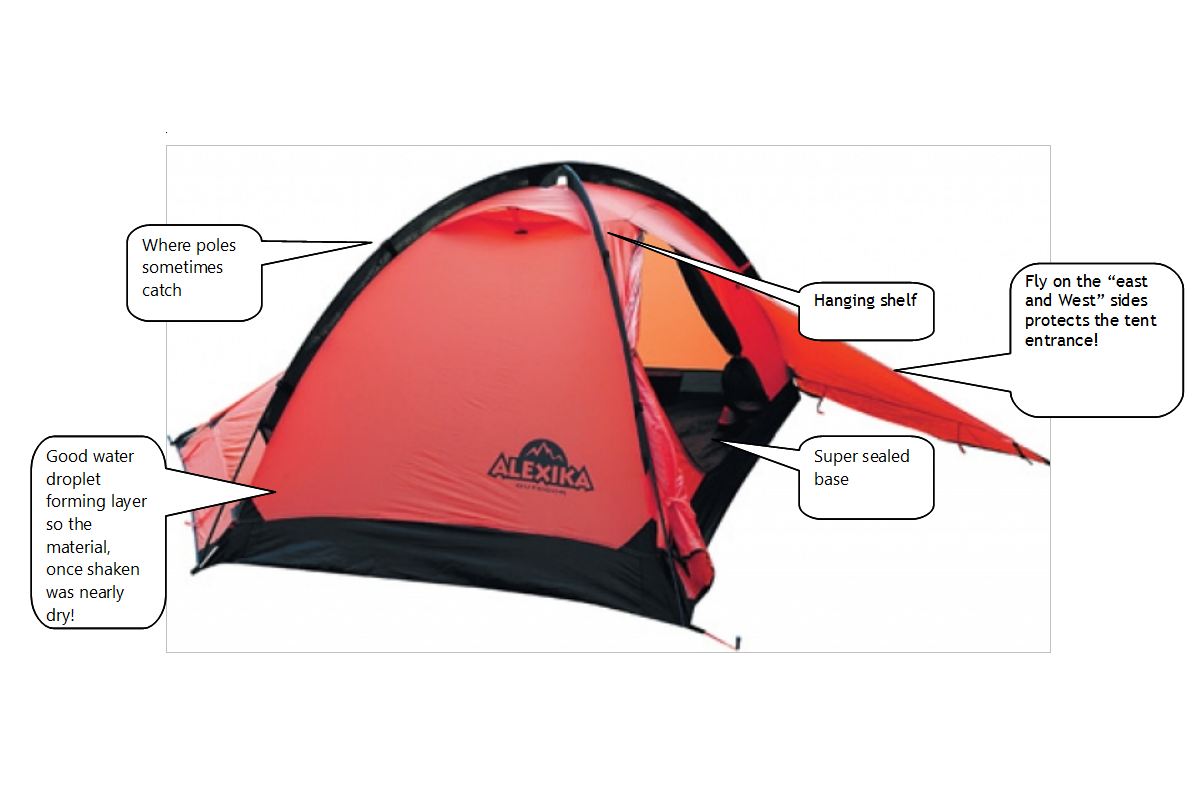
With a team of 4 we carried 2 tents through the wilderness of Patagonia at high speed. The tent was strapped onto the outside of our back packs and suffered no damage what so ever. We pulled through heavy undergrowth, thorny forests and many rivers and swamps. As night pulled in we carried on with the race, as it is a non stop race! But there came a point where navigation was impossible and it was too dangerous to continue so we needed to camp. But where? With these tents it was always easy to find a suitable patch of ground. Stony or wet grass, it was never an issue, these hard wearing tents were completely dry from below. On 4 of the 7 nights during the race we had to put up the tents in the wind, rain and pitch dark. It was absolutely no problem. Sure, we practiced before the race but the poles simply slid in, they do catch on the guy lines where they surround the pole sleeves, but you need only pull the sleeve tight and the pole slips further.
We only took 2 pegs for the whole expedition. Thus cut down on the weight, and used our trekking poles or bushes to secure the guy lines without any issues. The weight of the tent is the only “cost” we had to pay on the expedition. It was a weight to carry! But the quality outweighs this: On Mount Tarne, on the Magellan Strait where the wind was howling at night, we were comfy and secure. The tent shape is classically wind diverting: it worked many years ago and continues to do so. The sewing, strengthening, seams and all attaching points are so tough, they pass any test. This means that the tent will last many, many years.
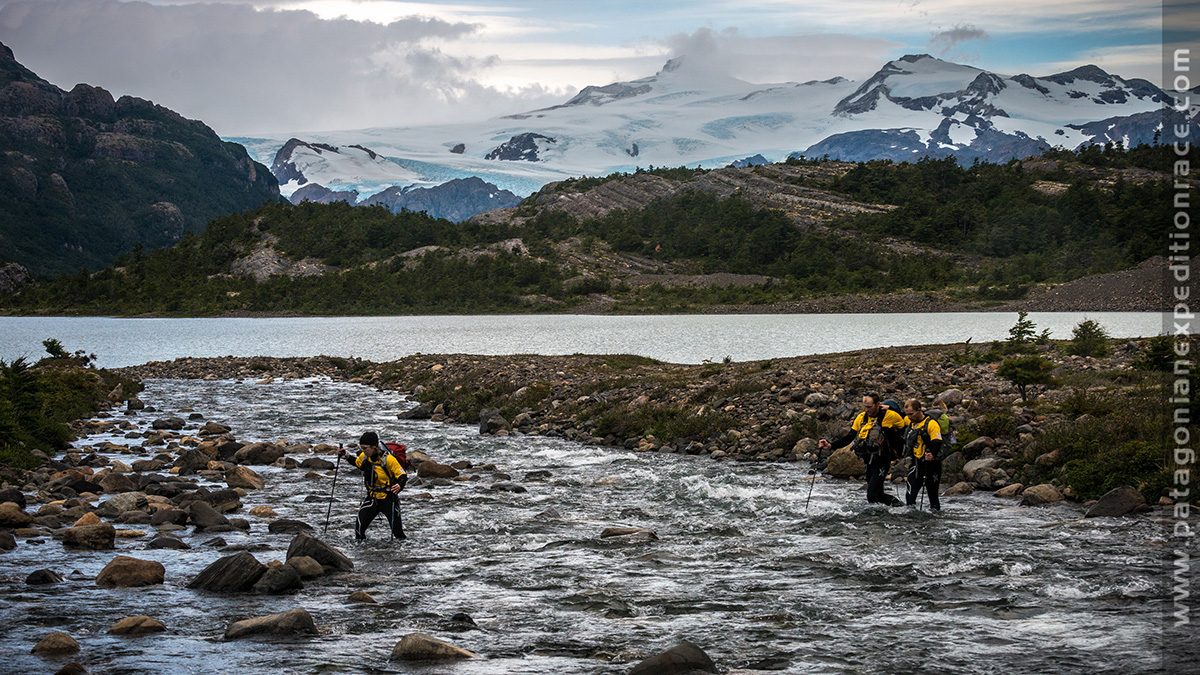
One great bonus is the bell or vestibule covering the zip into the main part of the tent. You can climb into the tent bell area with your pack and wet clothes, and then close the zip. It is snug, but you are shielded from the weather when you unpack your warm dry stuff and can organise yourself before climbing into the tent. It is really a good idea to cover the entrance of the main section with this extra fly sheet. Of course you would need to wait for one another in normal tents, but these tents have two huge entrances, not just a simple vertical zip for the main section, but a curved zip to open the whole side. So there is no time wasted, which is very important for our Race. We could quickly boil water and were having a good meal within minutes of stopping. Then straight to sleep as the clock keeps ticking in such Adventure Races. I found the hanging “shelf” for last minute things like sun glasses, compass and compact camera was just a winner. We needed to have our watches wake us up after a few hours rest so it was excellent to have the beep-beep just above our heads, and we did not miss any wake up call.
We were warm in these tents. On one short stop of 4 hours or so, we actually kept the tent entrances to the main section open all the time. Enough ventilation meant that there was NO condensation at all. This did not always work so one must realise that the north and south walls, where the tent is single layered, will be colder and so collect condensation. There are certain laws of physics that even tent makers cannot defy.
What I missed was a way of hooking the tent flaps, both inside and outside flaps, away when getting out. With the tent wet, from the Patagonian weather, it would be nice to be able to clip the tent flap away and not have the wet flap fold down onto your equipment not yet packed.
For the rest the tent is big enough for 2 to sleep comfortably. I did miss acoustic absorbing foam to stop snorers keeping their team mates awake! In the morning we could pack our bags inside, then with our shoes and all, we exit the tent, shake it out for a few minutes and ruffle it into its bag, onto the pack and away we could race.
ALEXIKA Sleepingbag - THETA Extreme
For the Patagonian Expedition Race in 2013 I used the Alexika THETA Extreme sleeping bag. Race rules required a 0 degree as the comfort rating. On many other makes of bags, this information was missing. The THETA was exactly that, in fact it is rated at -2 and so we had a degree or 2 of comfort. The choice of this bag was based on two reasons.
It was warm enough for the Patagonian conditions. Although it was summer there was snow fall during the race so I was really happy we had this sleeping bag. I was not cold once. This is really relevant because I had fallen into a deep back water on the 8th day of the race and fatigue, having no extra food and the constant wind and rain had taken my energy level to a deep low! I was able to warm up sufficiently to have a great 6 hour sleep during the race!
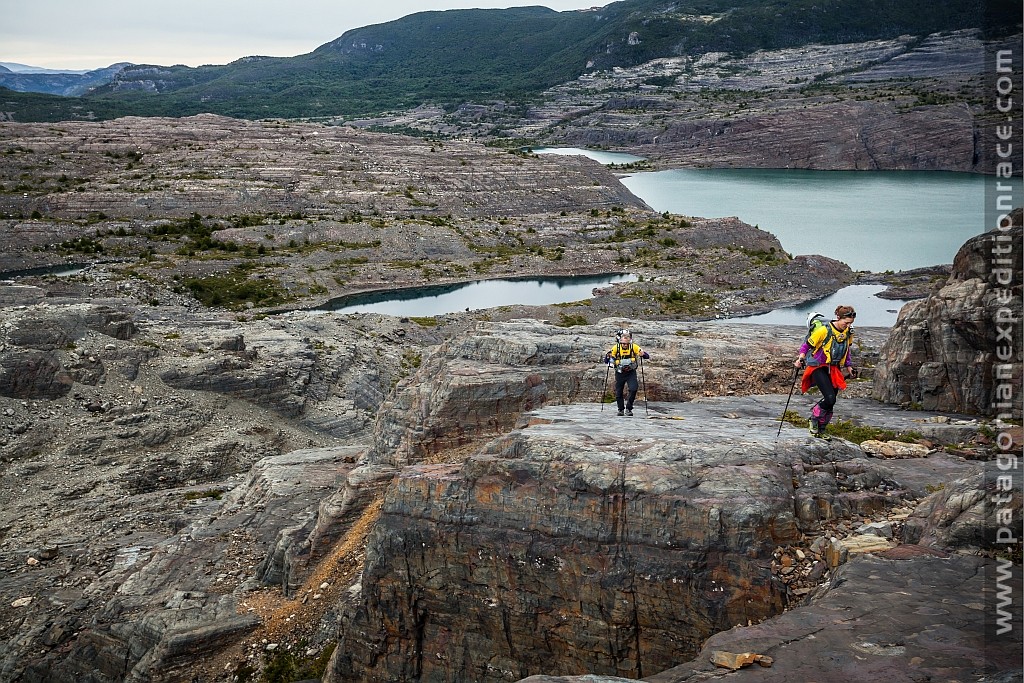
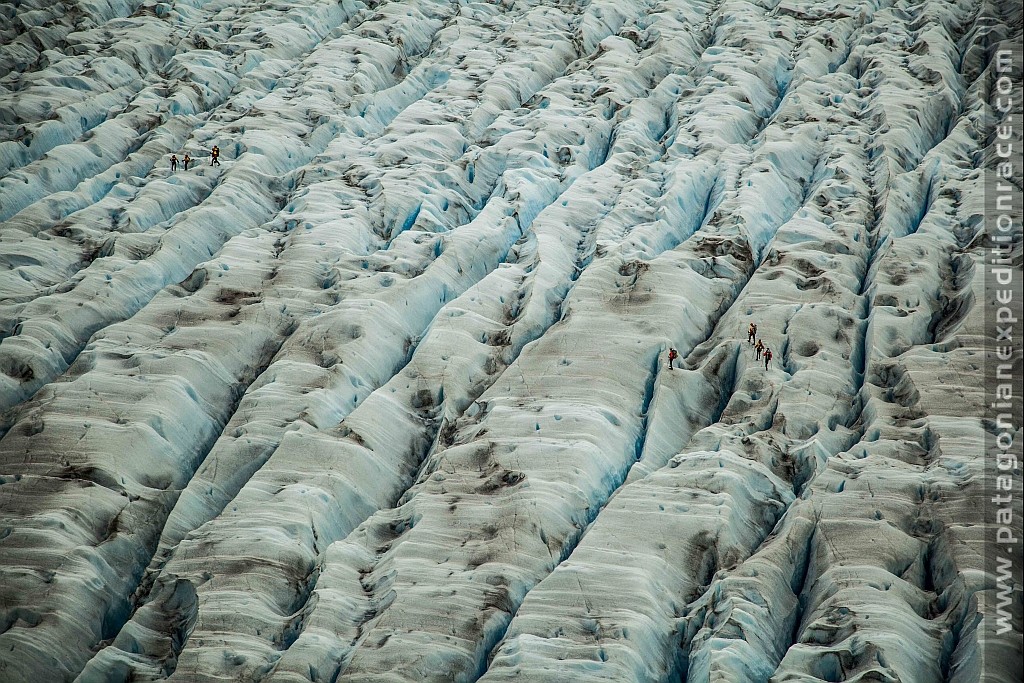
The second reason is as important as any. The bag is resistant to water. It is not water proof, you would sweat to death if it was truly waterproof, or else it would weigh a ton. When it did get wet, even from the condensation inside the single layer tent, it still worked perfectly. I was expecting, as the race continued, to be faced with a flat, waterlogged layer that was supposed to keep me warm. No, the THETA kept it’s form, insulated me excellently and I only had to shake the bag like crazy in the morning to get most of the moisture out and stuff it as small as possible into my rucksack.
I also like the colour, the internal pocket, the big zip handle. I did not need the emergency zip opening mechanism but it’s great to know that it is there.
The Theta and Delta bags are very similar. The Delta has an excellent temperature rating that comes at the obvious cost of slightly more weight. I used the Theta in Patagonia. It was simply my most favourite piece of equipment.
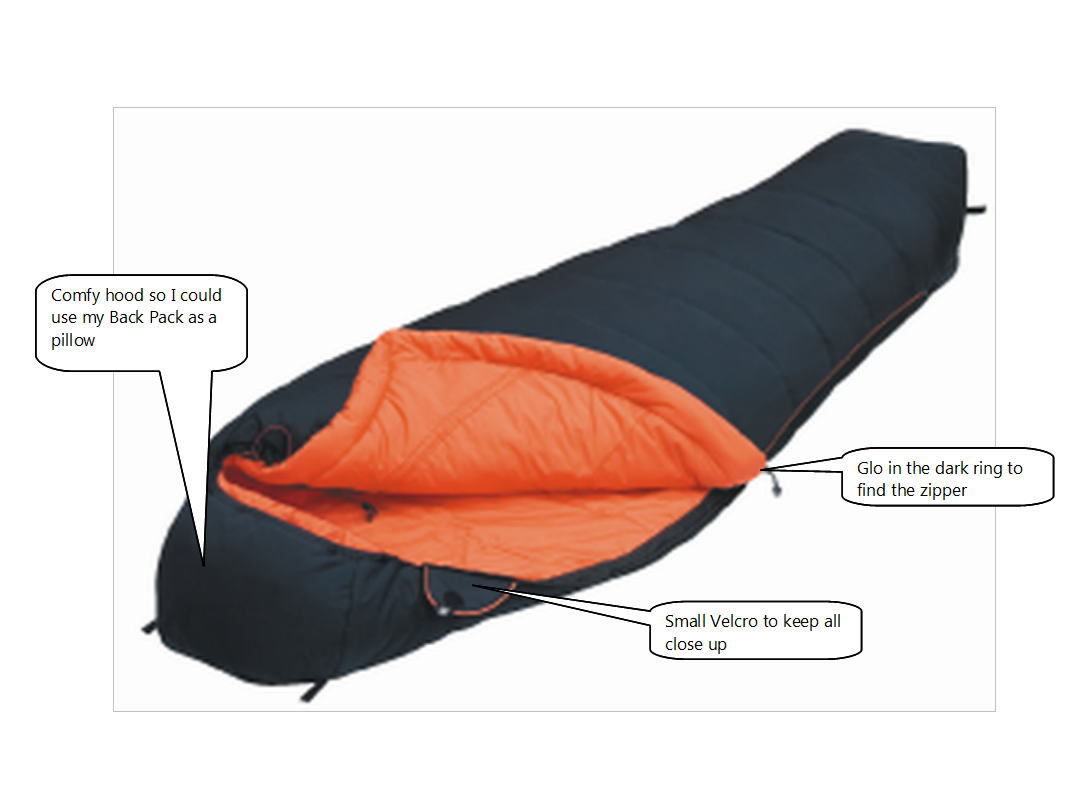
When you have been pushing hard all day and most of the night, you are tired, often wet and once you stop racing, you can get cold fast. Well after the tent was up, it was only minutes to toss everything out my pack to get to the sleeping bag. This was stuffed as small as a basketball in the base of my pack. Just to whip it out, and dive into this bag was the highlight of the day. As I said, we were often soaked to the skin, but this was NOT AN ISSUE! I have never had a bag that was so immune to being wet. Clearly down is simply not an option for Patagonian weather so the PromaLoft insulation did the trick At the start of the race we tried to keep everything completely dry. After nights with heavy condensation in the tent, the odd spilt drink or wet shoes and socks meant that your sleeping bag was going to get wet. I thought this would mean cold nights! It was not a nice thought in the vast wilderness of those national parks in Chile. No escape routes on this expedition race. Like I said, this is one of my favourite pieces of equipment. I had nothing to fear! Wet or dry the Theta bag would keep me warm as anything. This meant better sleep and therefore more recuperation and better performance the next morning!
I like the “glo in the dark” rings on the zips. I believe you can pull on the zip to get it to “break open” all at once, without damaging it of course. I did have not used this feature yet.
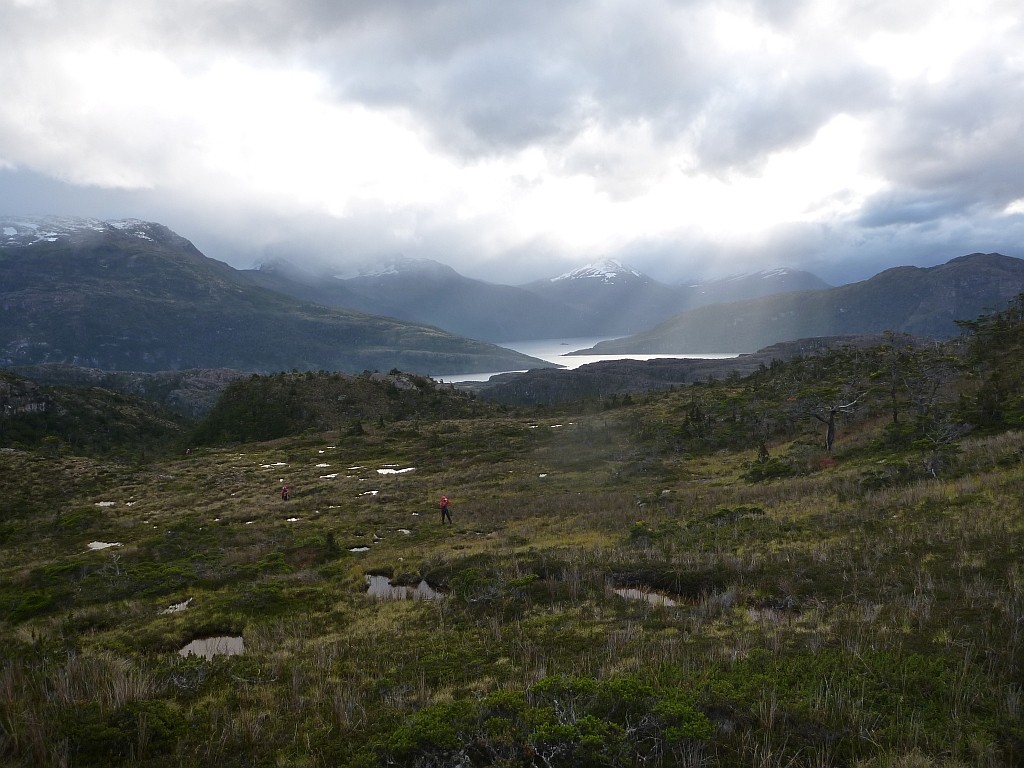
The hood covered my head, and while training for the race, in deepest winter in Europe, the temperatures of -8°C meant that we were coolish, but not cold and could still sleep well. Especially with the correct insulation from below!
I even find the black and orange colours really elegant and matching the tent! People looking good must sleep better! I am sure!
What more do you want from a sleeping bag? For it to weigh 500g? Well that material has not yet been developed. I reckon the Theta is an excellent warmth vs weight sleeping bag and one that will accompany me on every outdoor trip from Patagonia onwards!
ALEXIKA Sleepingpad - Air Series LIGHT 600
This air bed was our choice for the Patagonian Expedition Race. It is light (600g) and tough with two valves for redundancy! I really liked this mat as it gave me that important insulation from the cold, wet and rocky ground. If the tent was wet inside, and that happens without much effort on such a race, then it is great to have your sleeping bag just those important few cm above the ground and you have that insulation you need. With temperatures above the wintery Europe temps, I could let a bit more air out and therefore sleep that little bit more comfortable. Although on our race that was never an issue, after going hard for 18 or 19 hours we crashed on these mats! I could blow the mat up in about 10 breaths so I did not need to keel over from hyperventilation after inflating it!
But this was not the only time we used our mats. There were two occasions where we needed to cross a fast flowing river with rocks below the surface meaning straight swimming was knee bashing territory! It did not take guys in the team long to realise that the air mattress as buoyancy aid to get across was fast to inflate and just the right size. You still get wet, sure, but you are on the water and it was a lot safer.
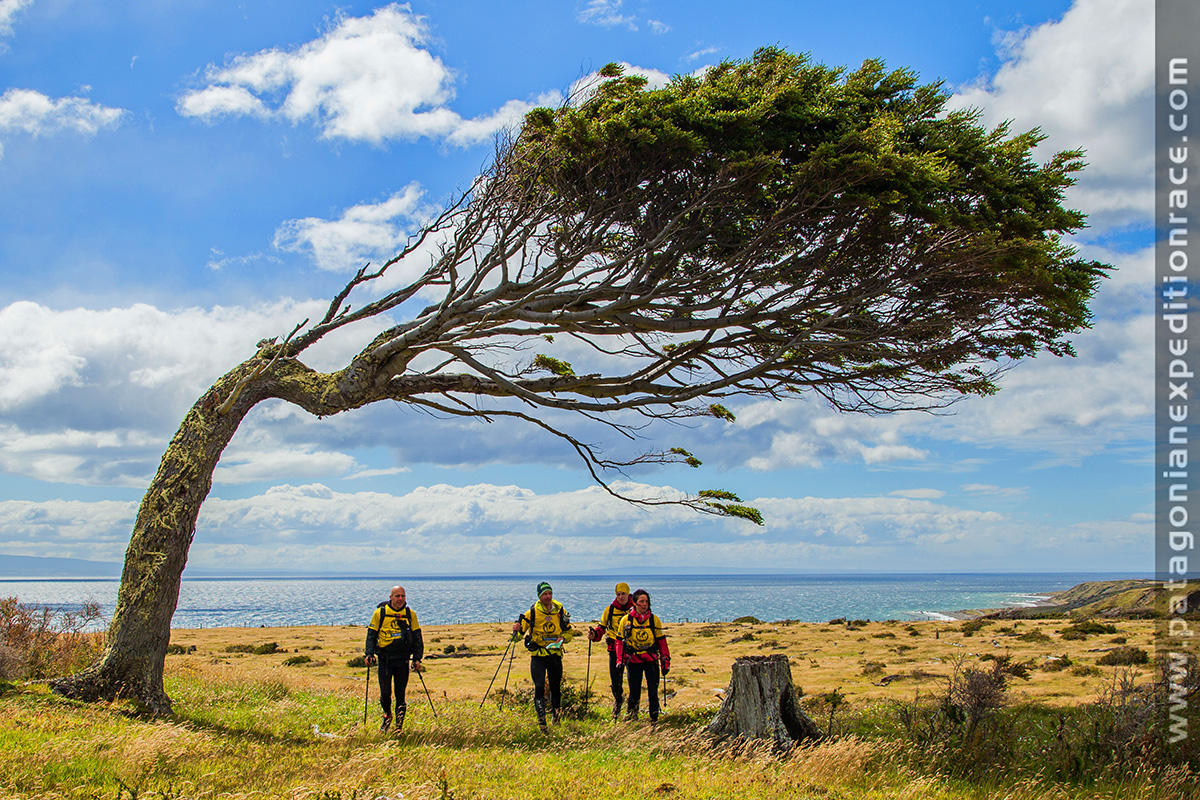
ALEXIKA Tarp - MARK 83T 400x320 cm
This was an added luxury for the race in Patagonia. We did not carry these tarps during the race, but could get them in for the transition zones. In this case the Patagonian Expedition Race organisation would make our equipment bags available for the transition from trekking to kayaking, or back to mountain biking. If these transition zones are outside, and in the Patagonian national parks there are NOT many “Insides”, then you are going to need a tarp like this for protection from above or below! Above is interesting! You trekking poles, lashed together to form the support in the middle. Than means that the water will run off some where! The strong guy line eyes in this tarp pass all toughness tests I know. Protection from below, is great to have especially if you have to fix a bike and can’t afford to loose little pieces in the grass or on the stony ground.
This is not a light piece of equipment. It is intended to be tough and durable, and that is what this tarp is!


